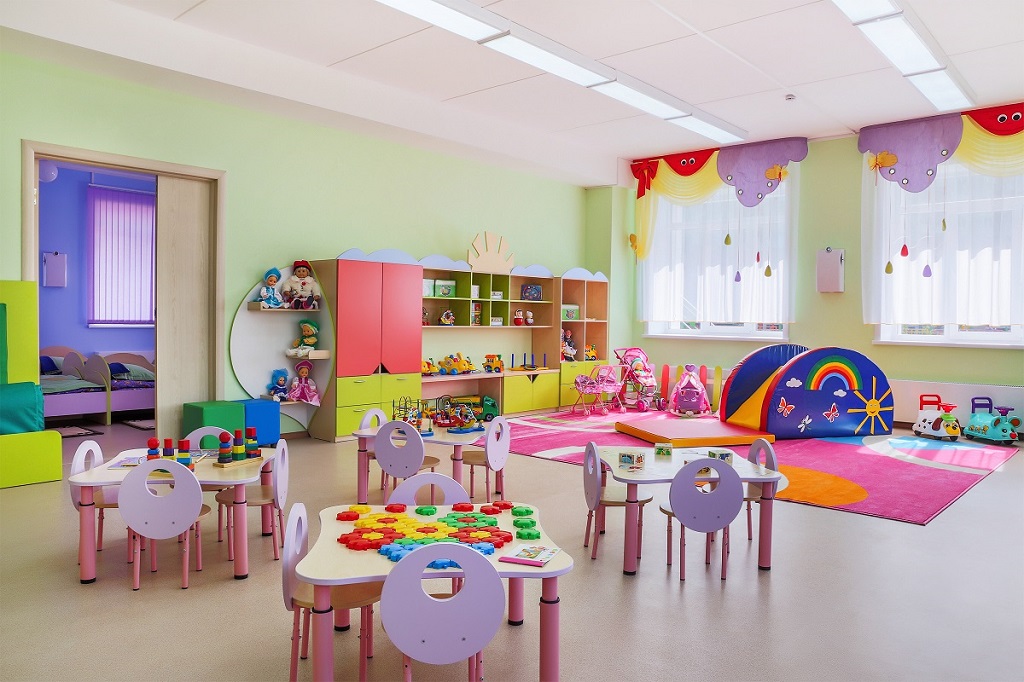Children have their own opinions and thoughts that we should listen to and keep in mind. Next, we explain what it is to give voice to students at school. In this article, we are going to talk about why is student voice important.
Why is student voice important?
The education system has the opportunity to train people, not only academically but also in values. Therefore, the school is an ideal place to create a better future society. But, to achieve this goal, we must listen to children and know their opinions.
We have a duty to teach children, but we must also learn from them. Therefore, we must actively listen to the little ones. Thus, we can know how they see the world, what their points of view are and what concerns they have.

The importance of giving voice to students
The expression ” student voice” is a little known term in our country, but it is frequently used in other countries, mainly Anglo-Saxon. This concept refers to all those initiatives that aim to increase the protagonist and participation of students in certain aspects of the school environment.
To do this, children must be provided with means and ends that allow them to choose more and avoid having a passive role in their own education and learning. It should also be noted that all students must be given a voice, without discriminating against them for:
- Disability
- Age
Since all students, regardless of their characteristics or abilities, have opinions and must be given the opportunity to be heard.
Activities to give voice to students
Giving students a voice allows for the participation of children in the improvement of the school and serves as a tool for mobilizing changes that schools assume to achieve inclusive and democratic education. Some activities that teachers can put into practice to give voice to students are:
- Consultative events: suggestion box, voting, request panels, etc.
- Role-playing: perform group dynamics based on role play.
- Lego Serious Play: with construction parts, the solutions to a specific problem are represented.
- Social mapping or participatory cartography: represent by means of a map, with diverse graphic elements, the problems and the solutions.
New teacher mentality
Giving students a voice in schools implies a change in teachers’ mentality when it comes to assuming their role as mediator of education. Therefore, they have to forget about the traditional teaching methodology, in which the teacher is the center of attention and the student a mere receiver of information.
Likewise, teachers must put aside the authoritarian stance and allow students to participate in school life so that they develop their personal autonomy, assume responsibilities and become self-confident.
It is necessary to implement in schools an inclusive education that encourages the voice of the students, the positive coexistence and adequate educational support to promote change and school improvements. Therefore, we must motivate children toward participation. In short, it can be said that encouraging participation and giving a voice to students is beneficial for their subsequent active participation in society.









